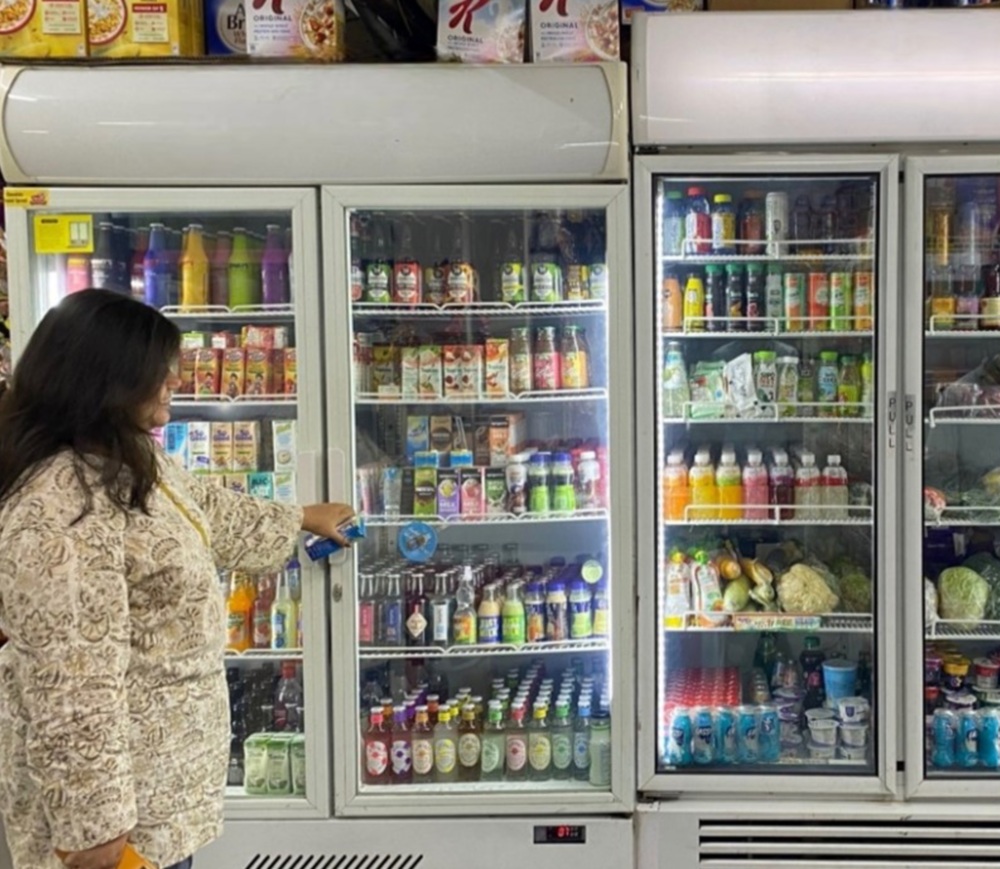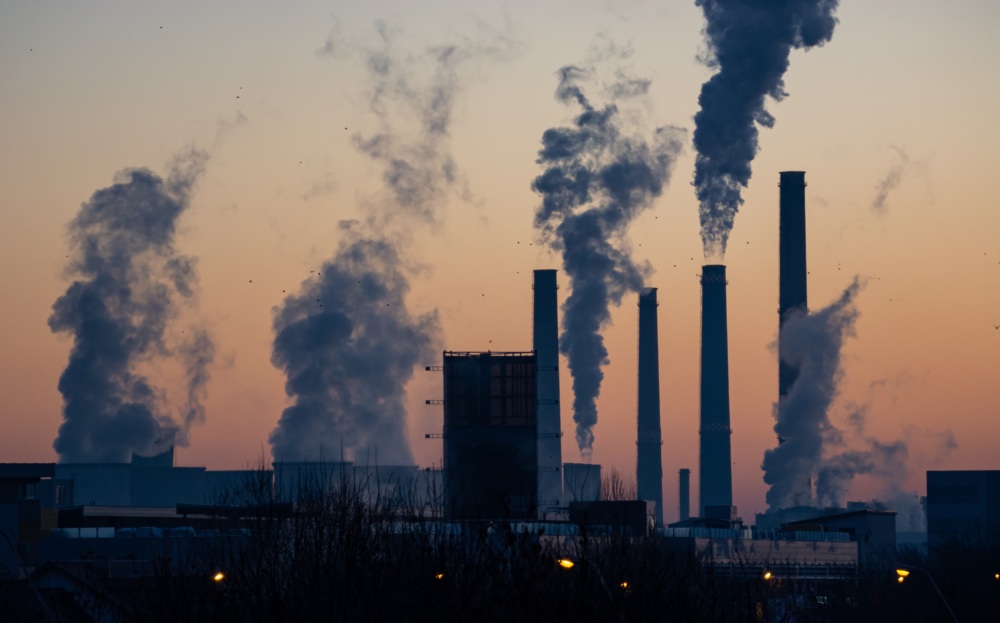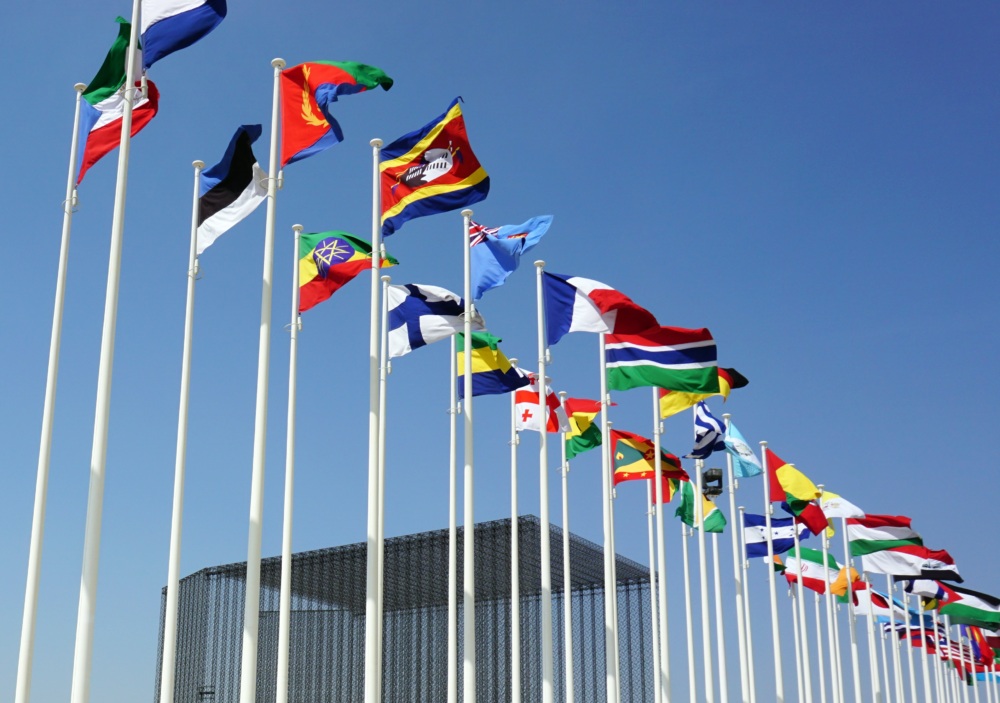Analysis of Potential Energy Saving and CO₂ Emission Reduction of Home Appliances and Commercial Equipment in China
Summary
Download Report
Fill out the form below to activate file downloads
China implemented a series of minimum energy performance standards (MEPS) for over 30 appliances, voluntary energy efficiency label for 40 products and a mandatory energy information label that covers 19 products to date. However, the impact of these programs and their savings potential has not been evaluated on a consistent basis.
This paper uses modeling to estimate the energy saving and CO₂ emission reduction potential of the appliances standard and labeling program for products for which standards are currently in place, under development or those proposed for development in 2010 under three scenarios that differ in the pace and stringency of MEPS development. In addition to a baseline “Frozen Efficiency” scenario at 2009 MEPS level, the “Continued Improvement Scenario” (CIS) reflects the likely pace of post-2009 MEPS revisions, and the likely improvement at each revision step. The “Best Practice Scenario” (BPS) examined the potential of an achievement of international best practice efficiency in broad commercial use today in 2014.
This paper concludes that under “CIS”, cumulative electricity consumption could be reduced by 9503 TWh, and annual CO₂ emissions of energy used for all 37 products would be 16% lower than in the frozen efficiency scenario. Under a “BPS” scenario for a subset of products, cumulative electricity savings would be 5450 TWh and annual CO₂ emissions reduction of energy used for 11 appliances would be 35% lower.
Prepared by: Lawerence Berkeley National Laboratory









